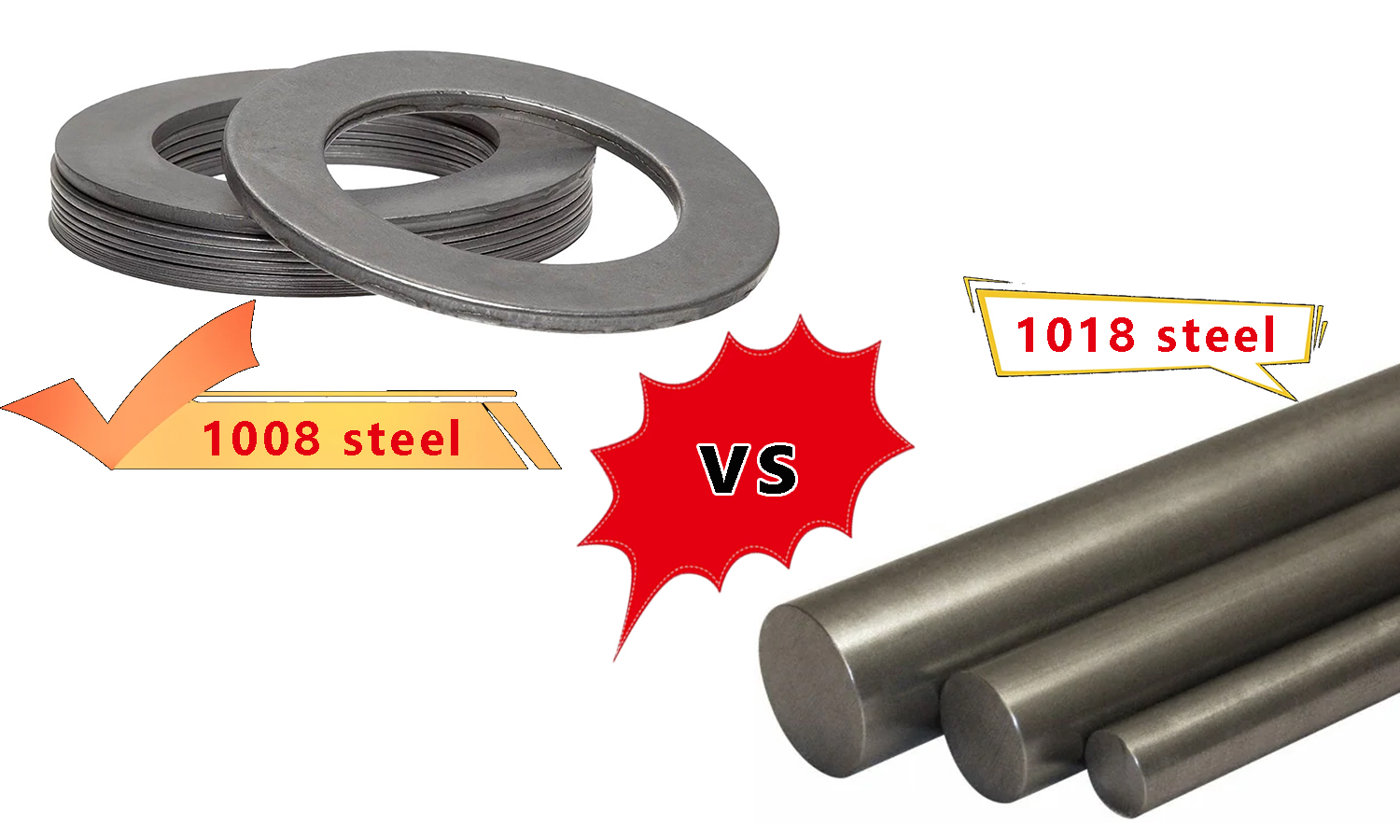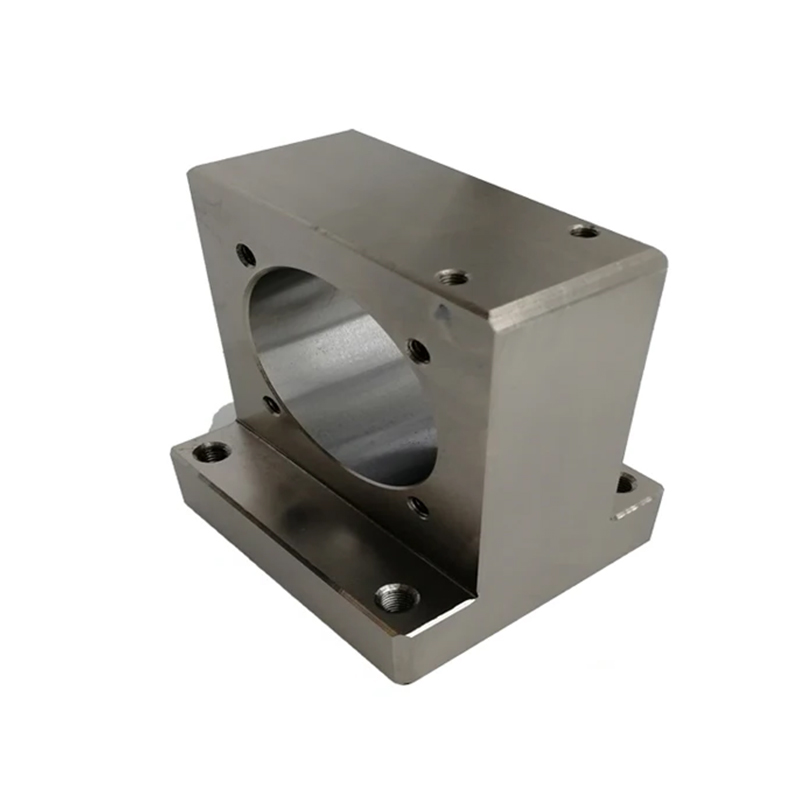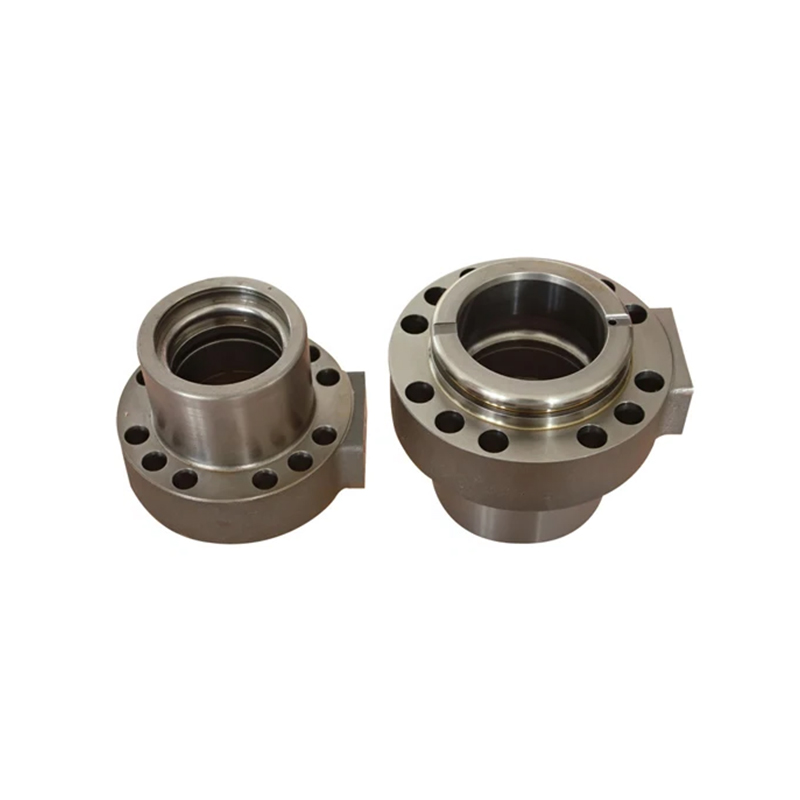What is the Difference Between 1008 vs 1018 Steel?
 Jun 28,2024
Jun 28,2024

Choosing the right type of steel for manufacturing is crucial for ensuring product quality, durability, and cost-efficiency. Two common types of steel used in various applications are 1008 and 1018 steel. This blog post delves into the specifics of these two types of steel, compares their properties, and provides insights to help you make an informed decision for your manufacturing needs.
Overview of 1008 and 1018 Steel
Both 1008 and 1018 steel belong to the category of low carbon steels. They are often selected for their ease of machining, welding, and forming capabilities. However, the slight differences in their chemical composition and mechanical properties can significantly influence their performance in different applications.

Importance of Choosing the Right Steel for Manufacturing
Selecting the appropriate steel type is vital for optimizing manufacturing processes, ensuring product longevity, and meeting specific application requirements. The right choice can lead to cost savings, improved product performance, and higher customer satisfaction.
Chemical Composition
The primary difference between 1008 and 1018 steel lies in their carbon content,This difference in carbon content affects their mechanical properties and applications.
|
Element |
1008 Steel |
1018 Steel |
|
Carbon (C) |
0.08% max |
0.15-0.20% |
|
Manganese (Mn) |
0.30-0.50% |
0.60-0.90% |
|
Phosphorus (P) |
0.04% max |
0.04% max |
|
Sulfur (S) |
0.05% max |
0.05% max |
|
Iron (Fe) |
Balance |
Balance |
Mechanical Properties
Understanding the mechanical properties of 1008 and 1018 steel is crucial for selecting the right material for your application. This comparison will help you make an informed decision based on your specific needs.
|
Property |
1008 Steel |
1018 Steel |
|
Tensile Strength |
440 MPa |
440-790 MPa |
|
Yield Strength |
290 MPa |
370-460 MPa |
|
Elongation (in 50mm) |
25-30% |
15-25% |
|
Hardness (Brinell) |
95-100 |
120-150 |
|
Modulus of Elasticity |
205 GPa |
205 GPa |
|
Impact Strength (Charpy) |
Good |
Moderate |
Physical Properties
Below is a table comparing the physical properties of 1008 and 1018 steel:
|
Property |
1008 Steel |
1018 Steel |
|
Density |
7.87 g/cm³ |
7.87 g/cm³ |
|
Melting Point |
1,480°C (2,696°F) |
1,480°C (2,696°F) |
|
Thermal Conductivity |
51.9 W/m·K |
51.9 W/m·K |
|
Specific Heat |
486 J/kg·K |
486 J/kg·K |
|
Electrical Resistivity |
0.0000158 Ω·m |
0.0000158 Ω·m |
Applications
Choosing the right steel for your application is essential for ensuring optimal performance, durability, and cost-effectiveness. Here, we compare the typical applications of 1008 and 1018 steel grades to help you make an informed decision.
|
Application |
1008 Steel |
1018 Steel |
|
Automotive Components |
Body panels, fuel tanks, brackets, and frames |
Shafts, gears, and engine components |
|
Machinery Parts |
Low-stress machinery components |
High-stress components like shafts, pins, and machine parts |
|
Construction |
Roofing, siding, and structural panels |
Structural supports, bolts, and fasteners |
|
Furniture |
Lightweight frames and decorative elements |
Structural components like brackets and supports |
|
Welding |
Components requiring extensive welding |
Parts requiring moderate welding and machining |
|
Pipes and Tubing |
Low-pressure pipes and tubes |
Hydraulic pipes, tubing, and mechanical tubing |
|
Wire Products |
Wire mesh, fencing, and nails |
Wire rods, springs, and precision wires |
|
Electrical Components |
Low-stress electrical applications |
Terminals, connectors, and electrical enclosures |
Workability
When selecting steel for various manufacturing projects, the workability of the material is a crucial factor to consider. This encompasses how easy it is to cut, form, machine, and weld the metal.

Machinability
Machinability is a crucial property to consider when selecting steel for manufacturing processes, as it affects the efficiency of production and the quality of the final product.
1008 Steel Machinability
1008 steel, with its lower carbon content, is generally softer and therefore easier to form and shape. This makes it particularly suitable for applications that require extensive shaping or forming. The low carbon content reduces the likelihood of the steel hardening during deformation, making it less likely to crack or distort under machining stress. However, this same property can result in a finish that’s not as smooth or clean as that produced with harder steels.
1018 Steel Machinability
In contrast, 1018 steel, with a slightly higher carbon content, offers better machinability than 1008. It tends to produce a better surface finish and maintains sharper edges and more precise dimensions after machining. The increased carbon content allows for a harder surface, which can be beneficial in reducing wear on cutting tools and extending the tool life. However, this hardness can make it slightly more challenging to machine than 1008 steel.
Weldability
Weldability is a critical factor in selecting steel for construction, manufacturing, and various engineering projects, as it directly impacts the integrity and quality of the final assembly.
1008 Steel Weldability
This steel is considered excellent for welding due to its lower carbon content, which minimizes the risk of creating brittle welds. The lack of excess carbon ensures that the weld area is not prone to cracking under stress, which is a common issue in higher carbon steels. 1008 steel is ideal for projects that require a lot of welding and is often used in welding applications for automotive body parts and sheet metal.
1018 Steel Weldability
1018 steel is also quite weldable, but its higher carbon content can pose some challenges, such as increased risk of cracking if not properly preheated or if cooling is too rapid. Nonetheless, with proper technique, 1018 can be welded effectively and is commonly used in manufacturing settings where its higher strength and hardness are needed.
Formability
Formability is a crucial characteristic in steel selection, particularly in industries where steel must be shaped into complex configurations without compromising structural integrity.
1008 Steel Formability
Due to its lower carbon content, 1008 steel exhibits superior ductility and formability. It is more malleable and easier to bend into various shapes, making it a preferred choice for parts that involve deep drawing, bending, or complex forming operations. This property is particularly valued in the fabrication of parts that require a high degree of deformation without risk of cracking.
1018 Steel Formability
While 1018 is still formable, it does not offer the same level of ductility as 1008 steel. Its higher carbon content makes it somewhat stiffer, which can reduce its ability to be formed into complex shapes without heating. However, its increased strength over 1008 steel can be an advantage in applications that require higher structural integrity after forming.

Cost Comparison
When selecting materials for manufacturing or construction, cost is a crucial factor that influences decision-making.
Price of Raw Material
Market prices for 1008 and 1018 steel can fluctuate, but generally, 1008 steel is slightly less expensive due to its lower carbon content.
Manufacturing Costs
While raw material costs are an important factor, manufacturing costs can vary based on the specific processes involved. 1018 steel may incur higher machining costs but could be more economical in the long run due to its durability and performance.
Conclusion
Selecting the right type of steel requires balancing multiple factors, including mechanical requirements, cost, and the specific demands of the application. Both 1008 and 1018 steels, expertly machined by Tuofa CNC Machining Services in China, have their place in the steel pantheon. 1008 is preferable for parts requiring a lot of forming and welding, while 1018 excels in applications where strength and durability are paramount. Each type of steel offers unique benefits, and the choice between them should align with the specific needs of your project to ensure optimal performance and cost-effectiveness.
 Tel/WeChat:
Tel/WeChat:  Email:
Email: 
 Home
Home
 1020 vs 1018 Stainless Steel: What's the Difference?
1020 vs 1018 Stainless Steel: What's the Difference? 







